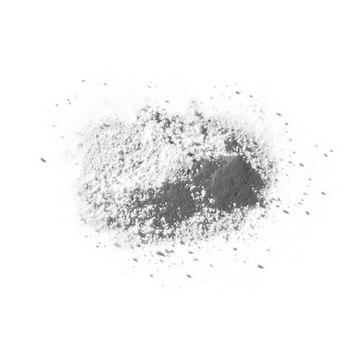568500
SQ 22536
Cell-permeable adenylate cyclase inhibitor.
Synonym(s):
SQ 22536, 9-(Tetrahydro-2ʹ-furyl)adenine
Select a Size
About This Item
₹11,154.00
Recommended Products
Quality Level
Assay
≥98% (HPLC)
form
solid
manufacturer/tradename
Calbiochem®
storage condition
OK to freeze
color
off-white
solubility
DMSO: 25 mg/mL
water: 5 mg/mL
shipped in
ambient
storage temp.
2-8°C
SMILES string
[n]2(c3ncnc(c3nc2)N)C1OCCC1
1 of 4
This Item | 1.05694 | 62612 | 1.06352 |
|---|---|---|---|
| form solid | form solid | form solid | form solid |
| solubility 340 g/L | solubility 340 g/L | solubility H2O: 1 M at 20 °C, clear, colorless | solubility 1080 g/L |
| assay 99.99% | assay ≥99.0% dry basis (alkalimetric) | assay ≥99.0% (T) | assay ≥99.0% (alkalimetric) |
| Quality Level 100 | Quality Level 300 | Quality Level 200 | Quality Level 300 |
| grade for inorganic trace analysis | grade ACS reagent | grade - | grade - |
| pH 4.5-6.0 (20 °C, 50 g/L in H2O) | pH 4.5-6.0 (20 °C, 50 g/L in H2O) | pH 4-7 (25 °C, 1 M in H2O) | pH 1 (20 °C, 50 g/L in H2O) |
General description
Biochem/physiol Actions
adenylate cyclase
Warning
Reconstitution
Other Notes
Tamaoki, J., et al. 1993. Prostaglandins45, 363.
Fabbri, E., et al. 1991. J. Enzyme Inhib.5, 87.
Goldsmith, B.A. and Abrams, T.W. 1991. Proc. Natl. Acad. Sci. USA 88, 9021.
Legal Information
Storage Class Code
11 - Combustible Solids
WGK
WGK 3
Flash Point(F)
Not applicable
Flash Point(C)
Not applicable
Certificates of Analysis (COA)
Search for Certificates of Analysis (COA) by entering the products Lot/Batch Number. Lot and Batch Numbers can be found on a product’s label following the words ‘Lot’ or ‘Batch’.
Need A Sample COA?
This is a sample Certificate of Analysis (COA) and may not represent a recently manufactured lot of this specific product.
Already Own This Product?
Find documentation for the products that you have recently purchased in the Document Library.
Our team of scientists has experience in all areas of research including Life Science, Material Science, Chemical Synthesis, Chromatography, Analytical and many others.
Contact Technical Service










